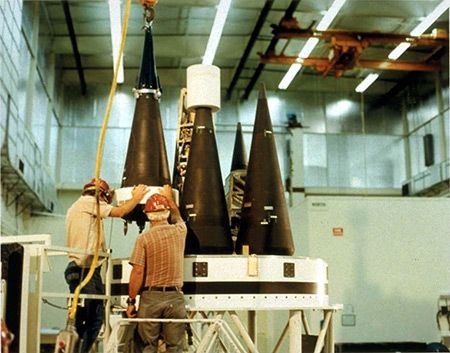Apr 29, 2009
Ugolog Creates Surveillance Website To Watch Anyone, Anywhere
Posted by Seb in categories: ethics, geopolitics
Ugolog Creates Surveillance Website To Watch Anyone, Anywhere
Written on April 28, 2009 – 2:43 am | by keith kleiner |

What if people all over the world randomly decided to setup motion detection webcams and then send feeds from these webcams to a single website that would centralize the video data for anyone to search, view, and manipulate? Hot off of the heels of our story yesterday about the implications of cameras recording everything in our lives comes a website called Ugolog that does exactly this. The concept is both spooky and captivating all at once. The privacy implications are just out of control, opening the door to all sorts of immoral and illegal invasions of people’s privacy. On the other hand, the power and usefulness of such a network is extremely compelling.
When you go to the Ugolog website you are immediately impressed with the simplicity of the site (I sure hope they keep it this way!). No advertisements, no stupid gimmicks, no complicated interface. The site offers a bare bones, yet elegant design that allows you to do one thing quickly and easily: setup a motion detecting webcam and send the feed to Ugolog. No software is required, only a web browser and a properly configured camera. Don’t know how to setup the camera? No problem! The site has tutorials that tell you everything you need to know. Once Ugolog has a feed from one or more of your cameras, the data will be available for you and anyone else in the world to view along with all of the other feeds on the site.
Continue reading “Ugolog Creates Surveillance Website To Watch Anyone, Anywhere” »








